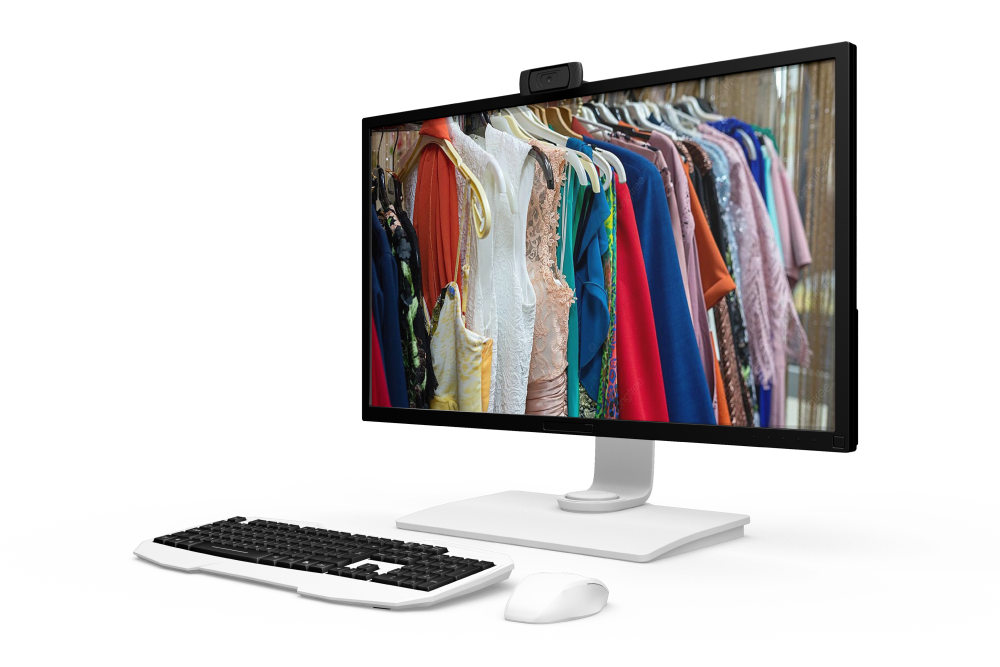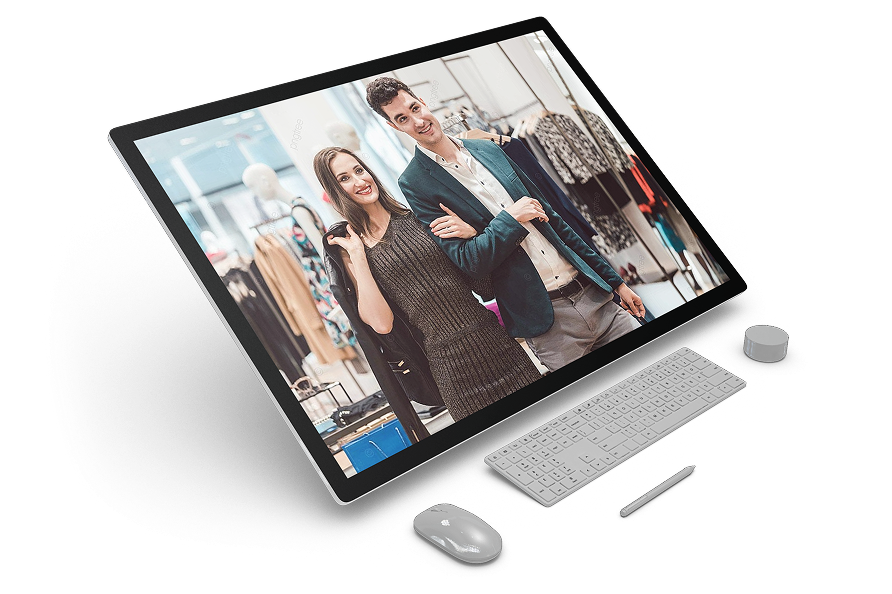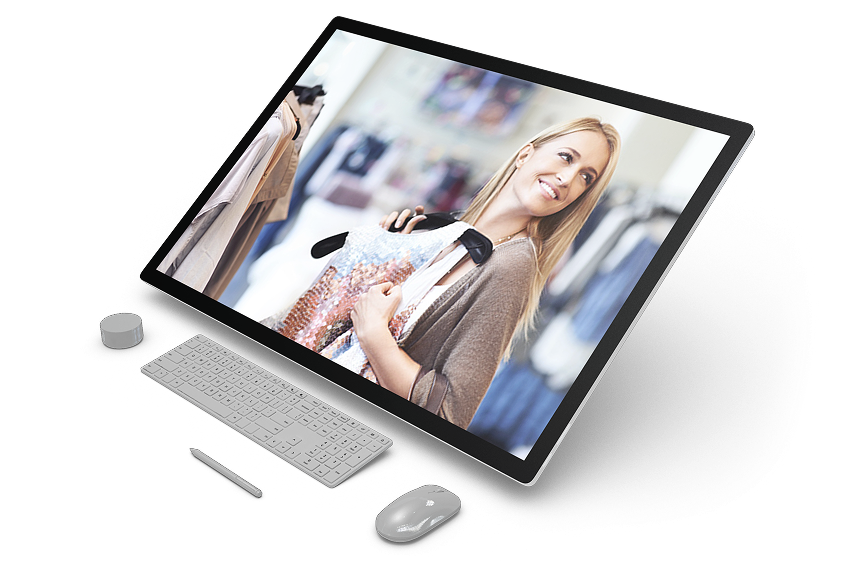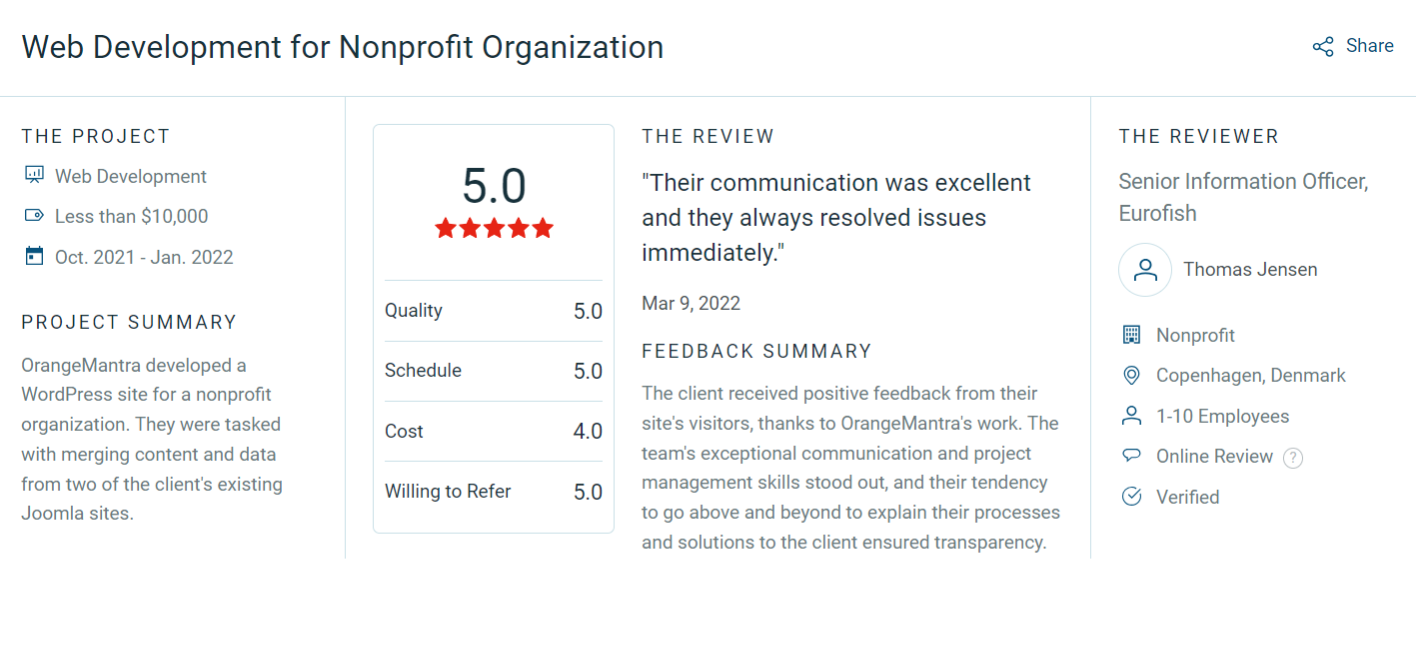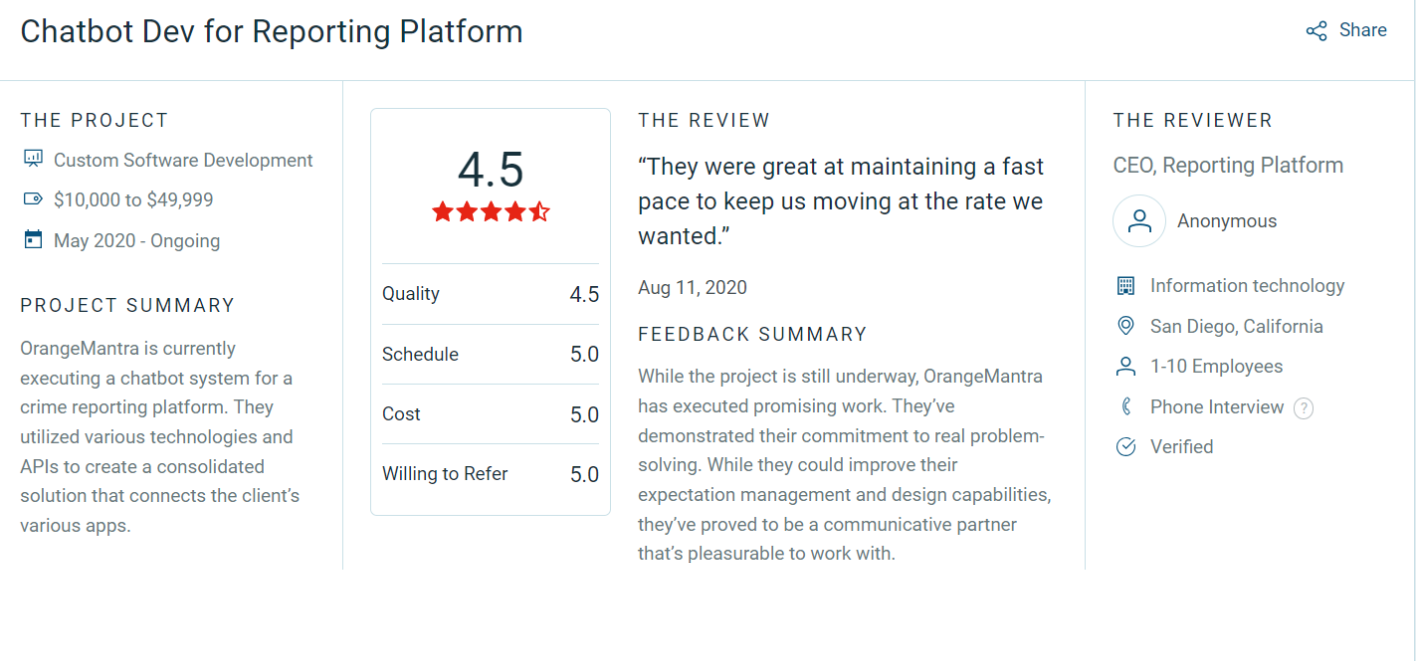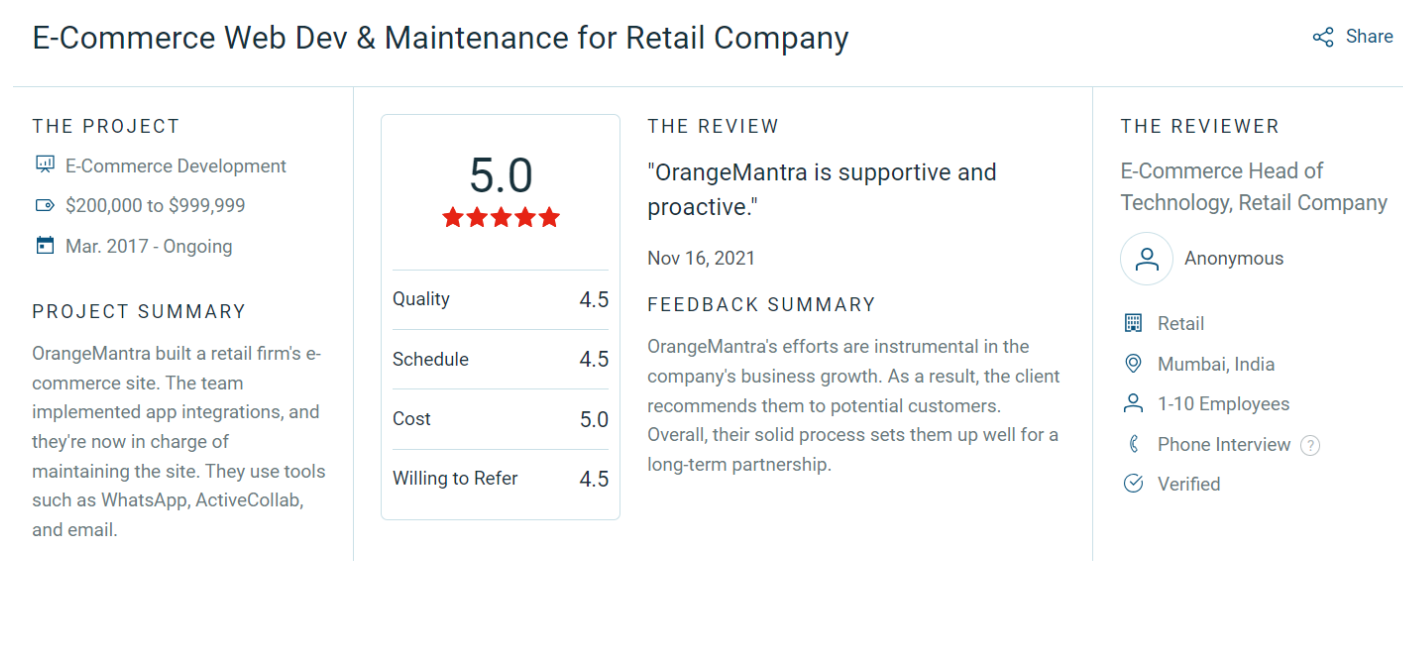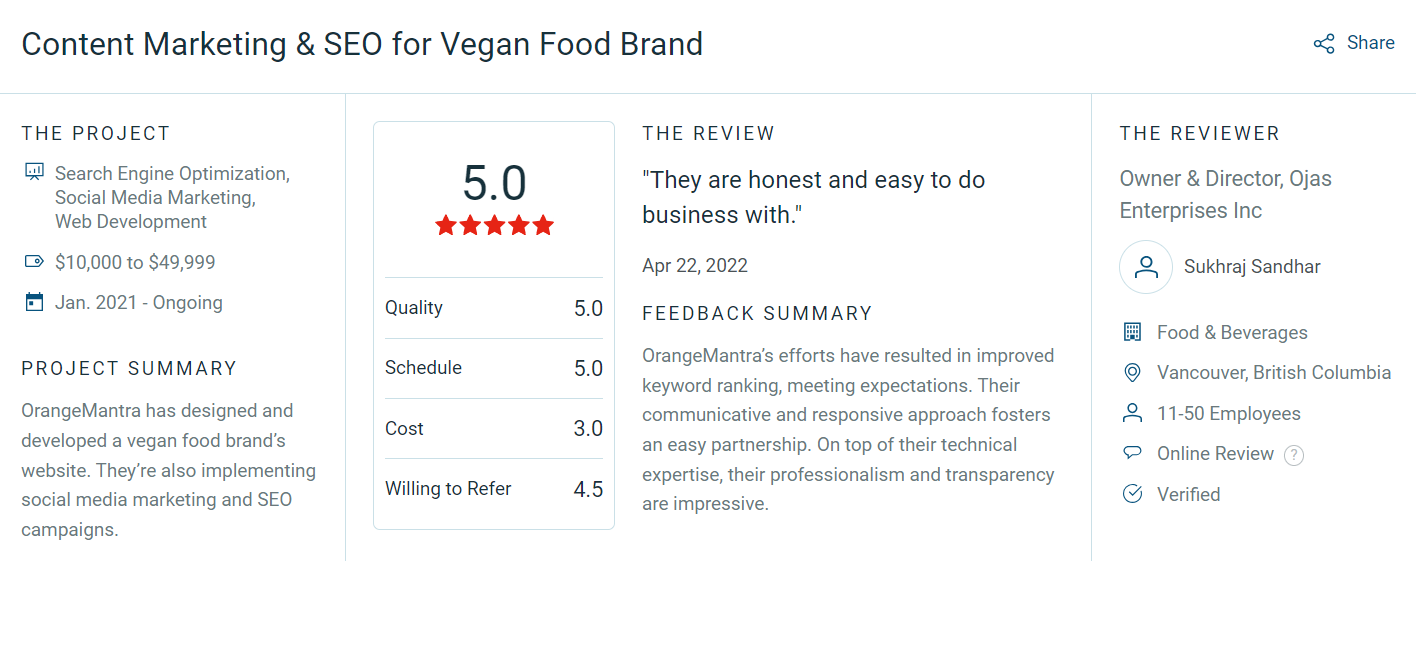The Problem
The client's antiquated e-commerce platform had many features that were out of date and did not satisfy the needs of contemporary consumers. With features like mobile responsiveness, seamless checkout, and tailored suggestions, the new platform was created to provide an improved purchasing experience. But before releasing, the client wanted to make sure that every feature worked as planned. To ensure that the platform would fulfil the demands of actual users and accomplish their business objectives, they required UAT Testing.

